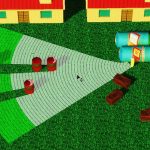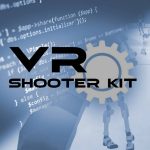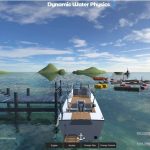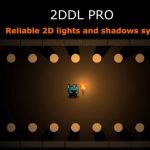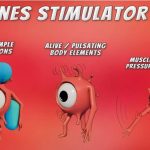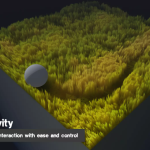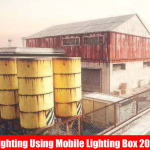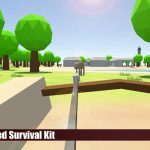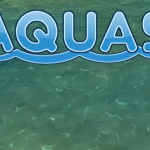“
2024.05.27 Updated version
File size: 28.6 MB
Version: 1.2.45
Support Unity version: 2019.4.15 or higher
“
Add elastic visual effects to make the game interesting! The
and
flick effects kit provides various options: -flick behavior: Just add components and the game object will immediately become elastic! – Splash special effects device and reactor: The reactor responds to the special effects device in an elastic manner. – Bomb Reaction Field: Reaction Field takes reactor effects to a new level. Use bombs and characters to give the entire prairie special effects! The
pop-up effects kit has performance at its core: -Reaction fields run on the GPU with the help of computational shaders (with CPU alternative options). – For Unity 2018.1 or later, the Slipshell Effects Toolkit leverages Unity’s operating system to run Slipshell components, special effects components, and reactor components in parallel across CPU cores. Currently, we are studying the parallelization of bullet bone components and how to migrate the application of the Unity operating system to C#multithreading. The
and
pop-up special effects kit is simple and easy to understand: -Lots of examples. – Complete source code.
rendering pipeline compatibility: -All components (non-materials) are compatible with Unity 2019.1 or later programmable rendering pipelines, including Unity’s LWRP and HDRP. – The materials included in the example work with the standard rendering pipeline. In order for a GPU-based reaction field sampler to run in a programmable rendering pipeline, you must call the shader functionality provided by the Vertex Shader Shot Effects Toolkit, as shown in the example shader. It is recommended to try out all examples under Unity’s standard rendering pipeline first.
platform compatibility: -The core logic of the projectile behavior and the reactor only modifies the object transformation to be compatible with all platforms supported by Unity. – By default, the projectile reaction field uses a computational shader. But if the target platform cannot run the compute shader, another CPU mode can be used.

